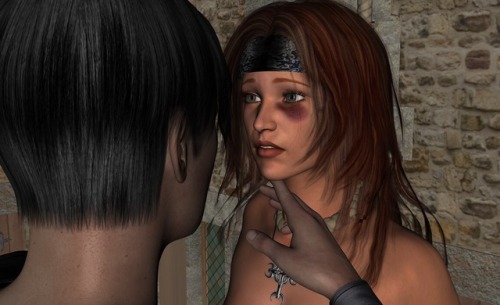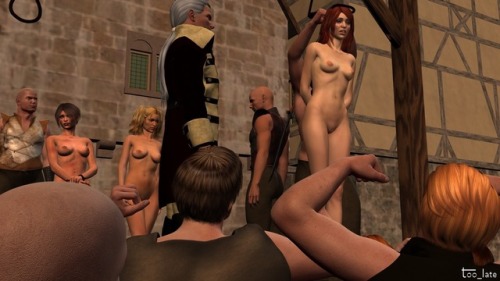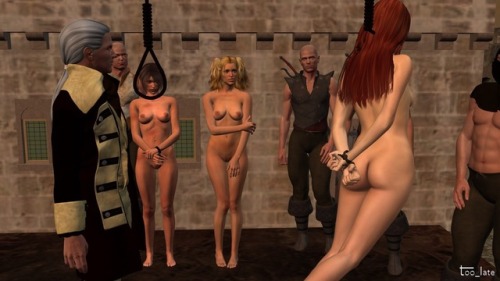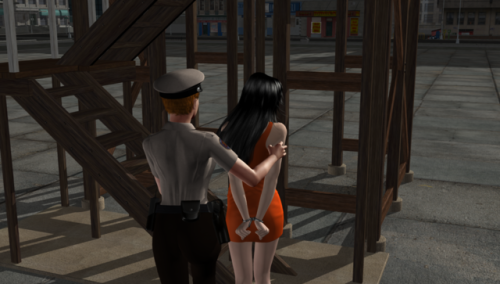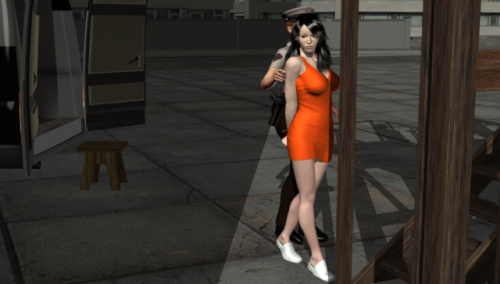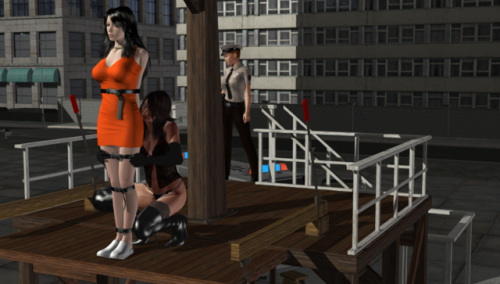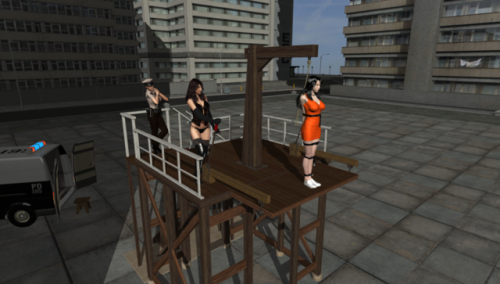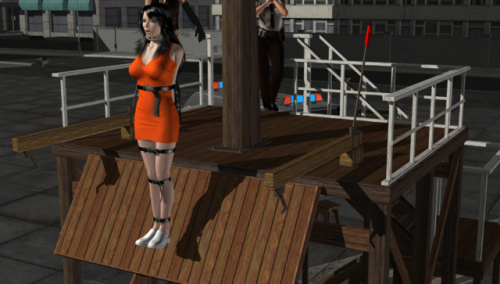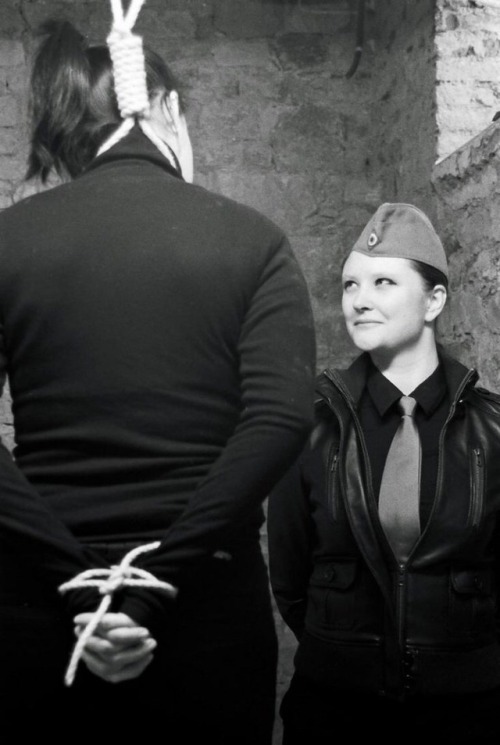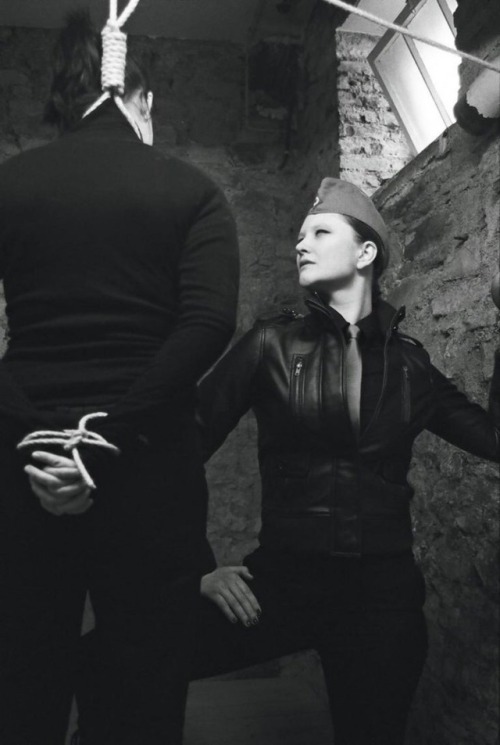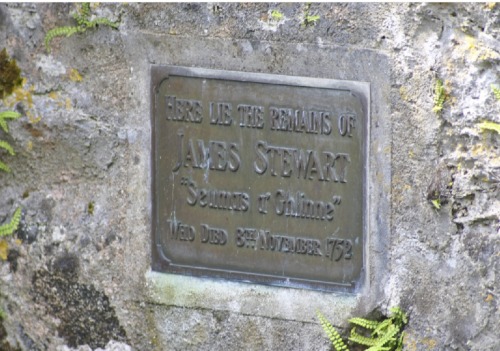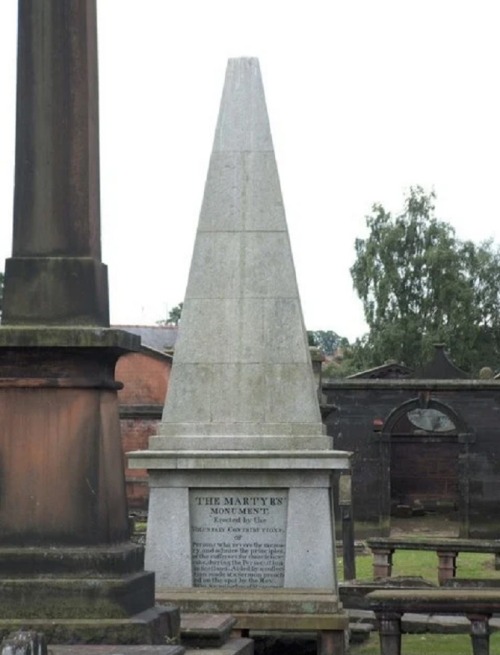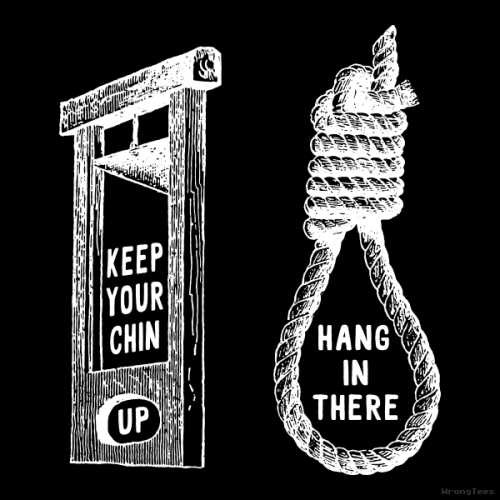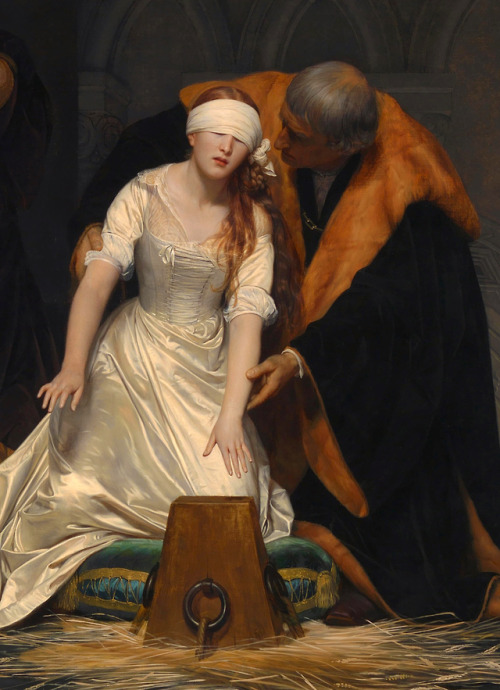#execution
On May 14th 1752 Colin Campbell, the Red Fox, was killed in the “Appin Murder” at Ballachulish
One of the most explored murders in our history, it is a tale of power, politics, deceit and injustice.
Many say The Appin Murder is one of the biggest if not the biggest miscarriage of justice in the history of Scotland. The law made James of the Glen a murderer, legend has made him the victim.
The Campbells were Hanoverians and in the process of clearing as many Stewarts off their lands as possible. James of the Glen and Colin Campbell, a land agent they called “The red Fox”, had had a fight over the evictions in an Alehouse that had been witnessed by a number of people. Campbell carried eviction orders when he was shot on his way to Duror on this day 1752, a few days after the alehouse scuffle. A man holding a musket had been seen disappearing into the woods. But who was that man?
Alan Breck, foster-son of the 50-year-old James Stewart, also known as Seaumas a’ Ghlinne, was the main suspect and his foster father was accused of having taken part in the killing. Breck fled to France so James of the Glen was taken prisoner and was not allowed any legal support until 36 hours before his trial. The judge was the duke of Argyll, chief of the clan Campbell, 11 of the 15 jurors were Campbells as well - Stewart. known as James of the Glen stood no chance. He never really defended himself either, but probably not because he was guilty but because he did not want to involve any of his kinsmen.
He was hanged for murder. A murder he very probably did not commit, it’s a term I have used a number of times in my posts, the execution of James Stewart on November 8th 1752 was a judicial murder.
By all accounts James of the Glen was a quiet and well liked man, he was educated, could read and write in both Scots and Gaelic, he was married to Margaret and had at least 3 children with her. The family lived on a farm in Glen Duror, a few miles South of Ballachulish, where he met his untimely end. He had fought on Culloden field, survived the uprising, only to be hung six years later.
They hanged him, put iron chains around his body and kept it hanging on the gibbet for three years. His bones were collected as they fell down and together with his wife Margaret laid to rest on Keil churchyard, the church already a ruin by that time.
For a wee bit more about the murder and investigations since, check out the link below.
https://www.historyscotland.com/history/the-appin-murder-of-1752-was-the-wrong-man-executed/
Post link
On 13th May 1685 James Kirko was executed near Dumfries as a Covenanter refusing to swear the oath, one of the last of the wave of deaths of the “Killing Time”.
James Kirk , also spelt Kirka and Kirk, was one of two elders present with Rev John Guthrie of Stirling, who made a petition to Charles II on his restoration in 1660.
The second elder, Andrew Hay of Craignethan, escaped , but Kirk and Guthrie were imprisoned for several months. He was suspected of taking part in the Pentland Rising and was thought to have been at Rullion Green in 1666.
He was much pursued by the military and for three years he left the country to escape them. His house was a well used resting place by the coventicling ministers Blackadder, Welsh and Semple. Kirko became an “intercommuned” person forced to wander in the moors and hills for nearly twenty years.
He was betrayed by an informer and shot on the Whitesands, Dumfries for refusing to take the Abjuration Oath. The story is that he asked for more time to make his peace with God but Captain Andrew Bruce, his captor, rebuked him thus “ Devil a peace ye get more made up ”, and had him shot on the spot.
The monument in the picture is said to mark the spot he was martyred and is in a car park outside the market entrance, Whitesands, Dumfries.
James Kirko is buried in St Michael’s churchyard the same churchyard as Rabbie Burns.
Post link
The Normans: In this major series, Professor Robert Bartlett examines the extraordinary expansion and unchecked ambition of the Normans, and shows how they transformed the history of Europe.
Battle of Baginbun (Battle of Dundonnell) - May 1170, County Wexford - Norman victory over a combined Irish-Norse force.
Alice of Abervenny
Of the Irish there were taken
Quite as many as seventy.
But the noble knights
Had them beheaded.
To a wench they gave
An axe of tempered steel,
And she beheaded them all
And threw their bodies over the cliff,
Because she had that day
Lost her lover in the combat.
Alice of Abergavenny was her name
Who served the Irish thus.

Serial killer Chikatilo is awoken to be excorted to his execution. 1994
Be cool, don’t lose your head, and try not get executed. $10 shirt of the day at WrongTees.
Post link
Be cool, don’t lose your head, and try not get executed. $10 shirt of the day at WrongTees.
Post link










- Death of Anne Boleyn and Ibrahim Pasha,1536
Pictured above: The cells in which the accused were held while awaiting execution.
On June 1st, 1675 during an 8-year hysteria of witch-hunting in Sweden, 71 people were beheaded and burned. 65 women and 6 men.
1/5 of the women in the region were killed.
The Background
The Torsåker Witch Trials occurred from late 1674 to 1675, in the Torsåker Parish, Sweden. These trials are notable for being the largest witch trials to happen in Det Stora oväsendet (The Great Noise), Sweden’s title for a mass hysteria that lasted from 1668 and 1676 which lead to the death of 300 individuals on the basis of witchcraft. (It’s important to note that around 100 others lost their lives for witchcraft prior to this period, over the span of many years, but this time is notable as being a hysteria because of the sheer volume of deaths in such a short period.
At the time Sweden did not have a separation of church and state, which can partially explain how such a series of events came to be. The first trial of Märet Jonsdotter in Dalarna, 1668, was the event that is thought to have sent things spiralling. The minister of Ytterlännas parish, Laurentius Hornæus, was instructed by Johannes Wattrangius of Torsåker parish, to deal with the sudden explosion of witch hysteria in Torsåker.
The Accusations
Most of the ‘witnesses’ were children. The main point Hornæus pushed was that witches had abducted the children and taken them to Blåkulla, a meadow of Swedish folklore in which the devil held a court during a sabbat. Hornæus tortured the children in order to gain statements. Some of his punishments involved whipping, bathing the children in ice-cold water, even putting them in an oven and threatening to bake them. Some of the children were later found with their throats cut.
“His grandson, Jöns Hornæus, who wrote down the story in 1735 after it was dictated by his grandmother, Laurentius Hornæus’ wife Britta Rufina, was quoted as saying: “I remember some of these witnesses, who by these methods were in lack of health for the rest of their lives”. He adds that children were still, sixty years afterwards, afraid to go near the house where his grandfather lived.” (Source)
Even though around a hundred individuals of both sexes were accused by the children, mostly women took the fall. Many managed to escape death by being pregnant, running away or bribing the courts.
The Day Of Execution
Several months after the initial detainment and accusations of the victims, a sermon was held in Torsåker church. The 71 accused were lead to the place of execution. By this point, many of them were so malnourished from being refused food that their relatives had to carry them to their deaths.
The accused were decapitated, stripped naked, then burned at the stake.
Jöns Hornæus describes the execution in his book, where he wrote down the exact words of his grandmother who was a witness to the scene.
“Then they began to understand what would happen. Cries to heaven rose of vengeance over those who caused their innocent deaths, but no cries and no tears would help. Parents, men and brothers held a fence of pikes. (By which she meant that the men of the village, the family members of the prisoners, surrounded the prisoners with weapons) They were driven, seventy-one of them, of which only two could sing a psalm, which they repeated when they walked as soon as it ended. Many fainted on the way out of weakness and death wish, and those were carried by their families up until the place of execution, which was in the middle in the parish, half a mile from all the three churches, and called “The Mountain of the Stake.” (Source)

“Här brann häxbål 1675. Kvinnor dog, män dömde. Tidens tro drabbar människan.” A small memorial exists in Torsåker to this day. I am currently learning Swedish but I am fairly new to it, so please forgive any mistakes in this translation and feel free to post a better version if you are Swedish.
“Here burned a witchpyre (stake?), 1675.
Women died
Men judged
The faith of time
affects mankind.”
Sources:
In Swedish
- http://www.norrlandmagic.se/landskap/ångermanland/häxorna-i-torsåker-26940588
- http://web.comhem.se/lienn/torsakerhaxor.htm
In English
- http://www.hhogman.se/witch-trials-sweden.htm
- http://spangenhelm.com/largest-witch-trial-swedish-history/
- http://www.witchcraftandwitches.com/trials_torsaker.html
If you found this post interesting and want to help support my writing, consider leaving asmall tip :)
Post link


